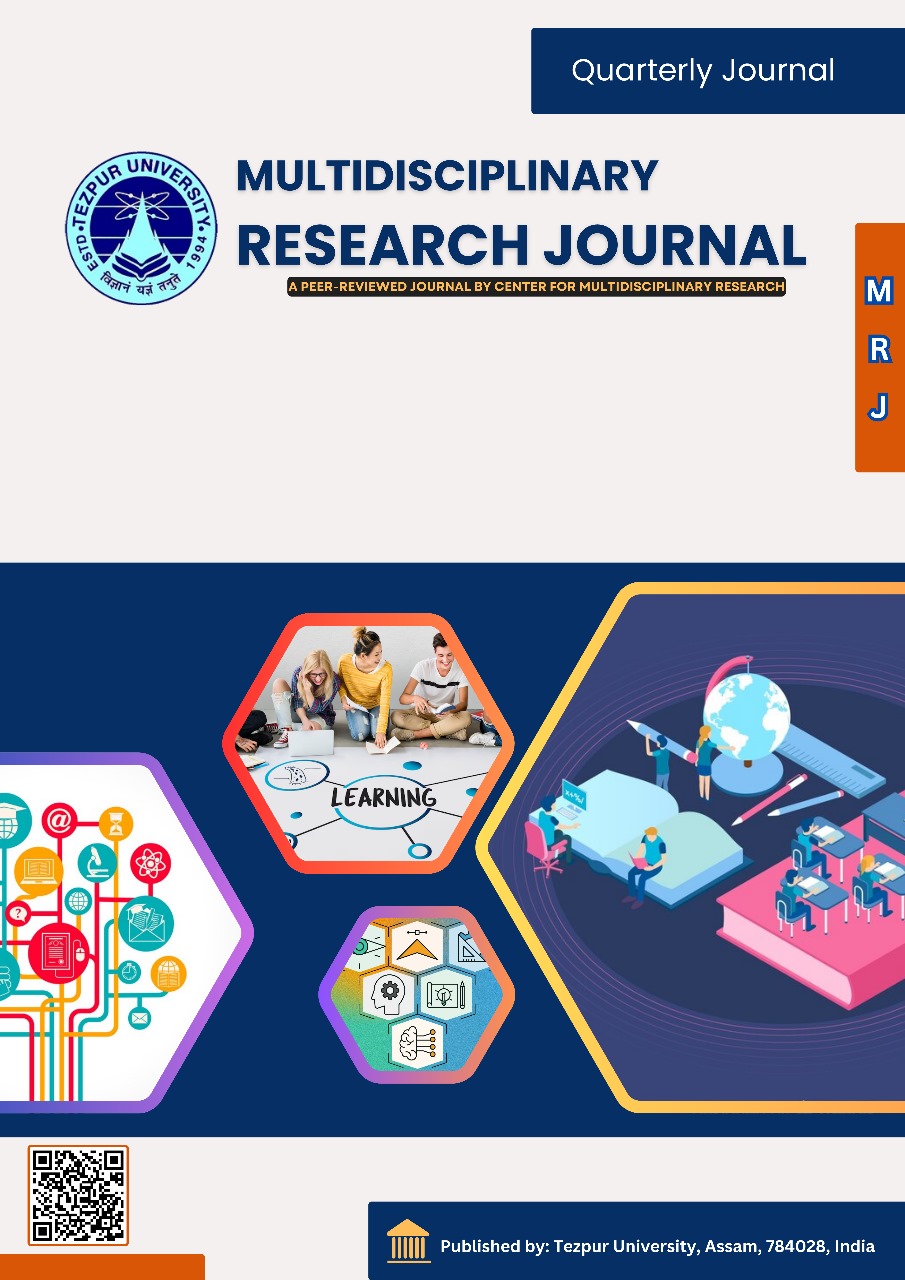
Article Policies
1. Withdrawal Policy
It is possible for articles-in-press, which are drafts of accepted articles that have not yet been published in their final form, to be removed before they are published. Articles-in-Press may be removed in the following situations:
- They are found to be similar to another published article because of an editing or production error.
- They reflect an early version of an article that was published prematurely because of an editorial or production error.
An HTML page and PDF declaring that the article has been withdrawn in accordance with Multidisciplinary Research Journal policy on Article in Press Withdrawal, along with a link to this policy, shall be used in place of the HTML and PDF content when Articles-in-Press are withdrawn for these reasons.
2. Removal Policy: Legal Limitations
The online archive of the journal where an article was published may need to remove it in a very small number of circumstances. Removing an article is uncommon and will only take place under the following circumstances due to the significance of preserving the scholarly record as a permanent and, to the greatest extent feasible, unaltered record of the transactions of scholarship:
- The article violates the legal rights of others or is libelous, and retracting it is insufficient compensation.
- The article may present a major health risk if it is implemented.
- Multidisciplinary Research Journal has strong grounds to believe that it will be the subject of a court order.
In these circumstances, while the metadata (Title and Authors) will be retained, the text of the article will be replaced with a screen indicating the article has been removed for legal reasons.
3. Replacement Policy
In instances where acting on the content of an article could potentially lead to significant health hazards, the authors of the original article may opt to retract it and subsequently publish a revised version. In such cases, the standard retraction procedures will be adhered to, with the exception that the retraction notice in the database will include a link to the corrected, republished article as well as a record of the document’s revision history.
Errors that affect the findings reported in an article may be retracted if the editors feel the article is too extensive to publish a correction, or if the article violates journal policies by being submitted more than once, making false claims of authorship, plagiarising, using data fraudulently, etc.
4. Article Correction Policy
If an author discovers mistakes in a published work, they should get in touch with the journal right once using the information provided on the magazine's website. The associated author will typically oversee informing the journal of the error's specifics. The suggested correction and any supporting data or material will be examined by the handling editor. The editor has the authority to fix the article. Before making a judgment, the journal's editorial team may be contacted on issues of publishing ethics and research integrity.
Where necessary, a corrigendum will be issued to correct an error or omission; however, the inaccuracy should not affect the article's integrity or conclusions. The relevant article will be linked to the Corrigendum.
Rarely, the publisher would have to correct a mistake that was committed when the piece was published. To fix the error in such circumstances, the journal will publish an Erratum. A link to the article it corrects will be included with it.
5. Issuing Expressions of Concern (EoC)
If any of the following circumstances are met, journal editors will think about publishing an Expression of Concern:
- They get ambiguous proof of research or publication misconduct that hasn't been cleared up by an inquiry yet.
- They think an inquiry into the publication's alleged wrongdoing has not been, or would not be, unbiased, fair, or definitive.
- Although an inquiry is in progress, a decision won't be released right now.
Both temporary and permanent EoC are possible. When a temporary Expression of Concern is published, it is usually replaced by a notice that details the investigation's findings and the editor's or their designated representative's conclusions. This notice may take the form of an Editor's Note, a permanent EoC, a retraction or removal, or a notice of exoneration.



